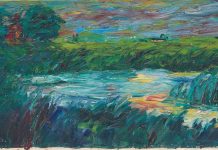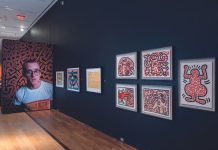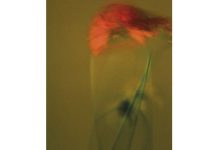In front of the immense amount of new authors of art photography that is a consequence of the digital age, it becomes increasingly rare and difficult to come across interesting works that catch our attention first and that well represent a completeness of intentions faithful to the idea of project narrated by the author or specialized critics. Therefore, the works of Stefania Lippi stand out significantly among the most current proposals because they are doubly important.

Her photographs not only present themselves with a contemporary, fascinating and evocative language, but also in substance they are extremely close to an idea of project that is immediately clear and evident. Stefania Lippi is a conceptual photographer whose work explores the systems of production and visualization of images, the discourse of media and capitalism, human subjectivity and the interaction between identity and urban environment, investigated in order to awaken criticism and greater social awareness.
These themes find ample references in the author’s cinema, for example in some works of the German director Wim Wenders. How not to think of the initial images of the film “The Sky Over Berlin”, which chronologically well fit the time of the author’s formation. But we could go back further and place the works of Stefania Lippi in a long tradition of discovery and sociopolitical analysis carried out precisely through the photographic medium, starting from authors of great importance such as Eugène Atget, who in the early 1900s portrayed the city of Paris in the reflections of store windows, playing on the overlapping of images and meanings.

Here, the substance of the works of Stefania Lippi appears solid, dense with references and citations, until it concretizes in a kind of readymade that undertakes with the means of the present and new digital media a Dadaist investigation set in the present. Her photography appears critical, using the codes of visual image in a profound and structured way. Her images present themselves as winking dystopias that find the right place in the high culture of contemporary photography.





















